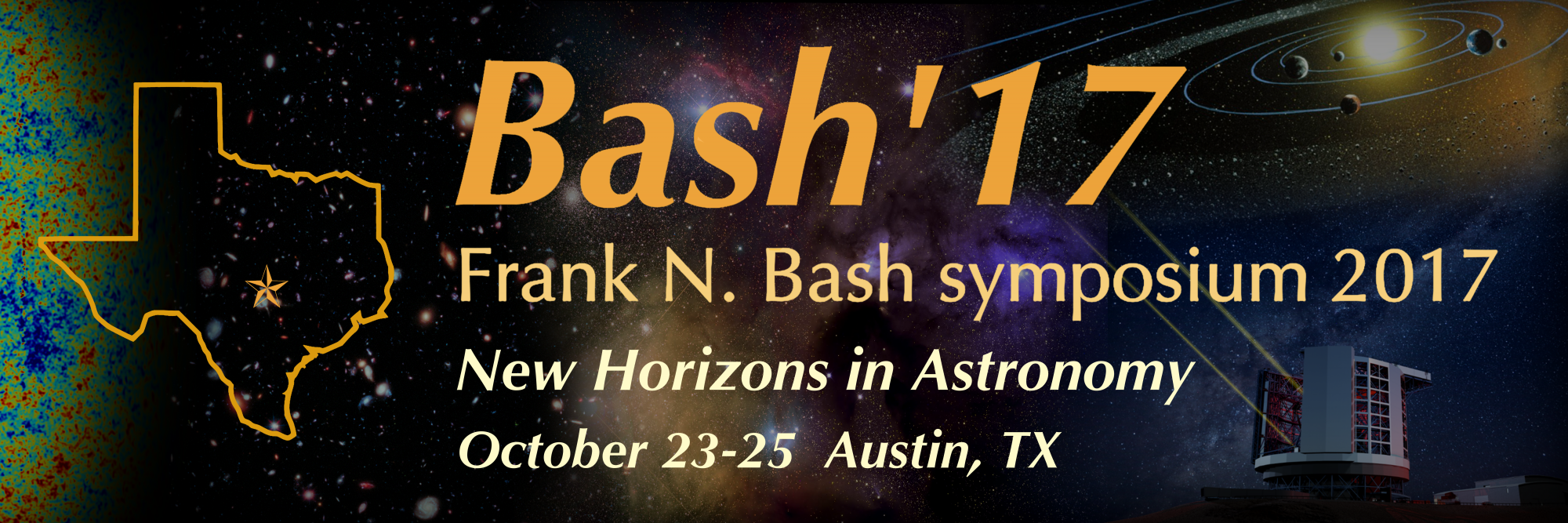 The Structure of the Kuiper Belt from Observations and Simulations: Understanding our Solar System’s Architecture
The Structure of the Kuiper Belt from Observations and Simulations: Understanding our Solar System’s ArchitectureThere are currently close to 3000 known Kuiper Belt Objects. Their orbits show that the Kuiper Belt contains rich dynamical structures. By carefully recording telescope pointings, tracking biases, and detection biases, as has been done for a handful of well-calibrated surveys, we can measure the true structures of the Kuiper Belt by forward-modelling these known severe observational biases. These dynamical structures, including classical, resonant, and scattering subpopulations, have been predicted by large-scale numerical simulations of the migration of the giant planets during the early history of our Solar System. With the results from large Kuiper Belt surveys, we can begin statistically testing these simulation predictions to quantify the timing, mode, and distance of the giant planets’ migration in order to determine where the planets and planetesimal belts initially formed in our Solar System. The structure of the Kuiper Belt also places constraints on the history of stellar flybys and on possible undiscovered distant planets in the outer Solar System.
